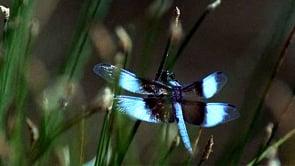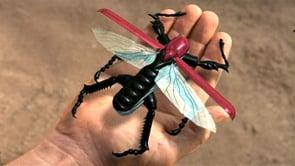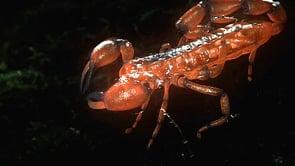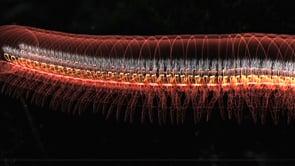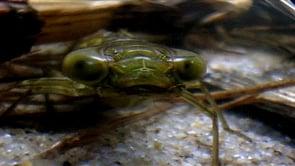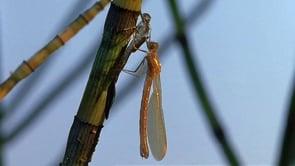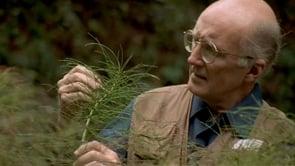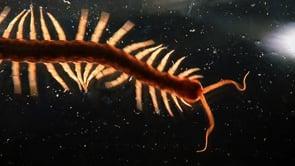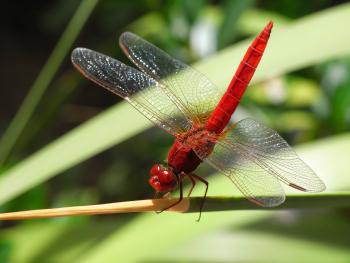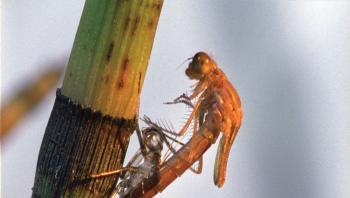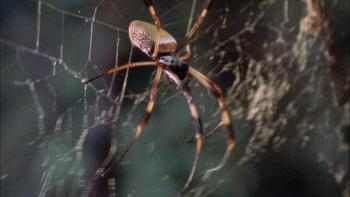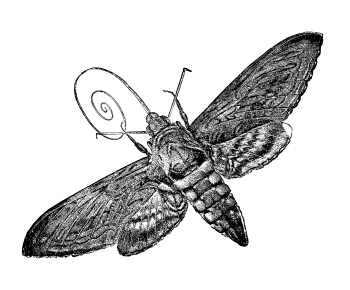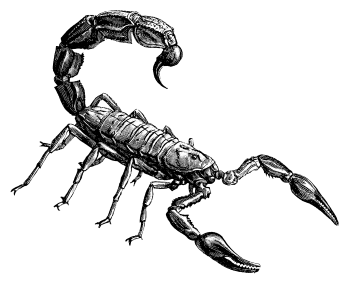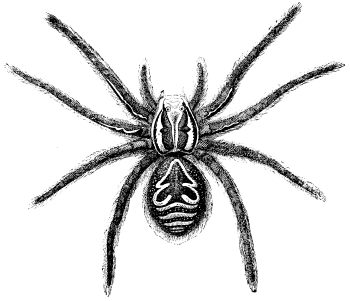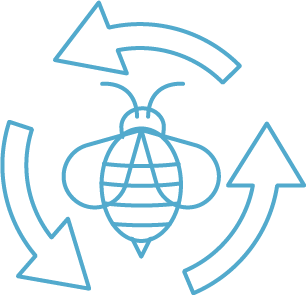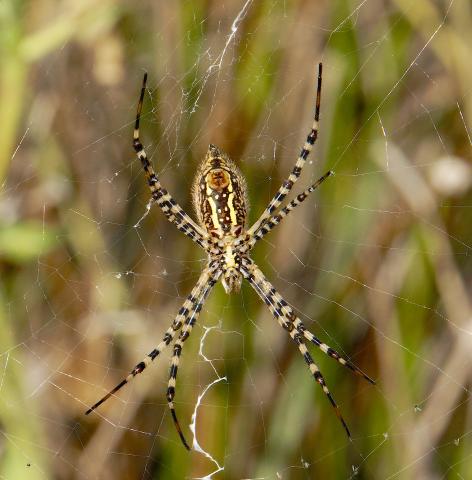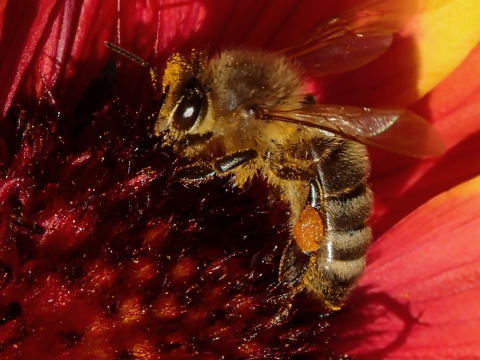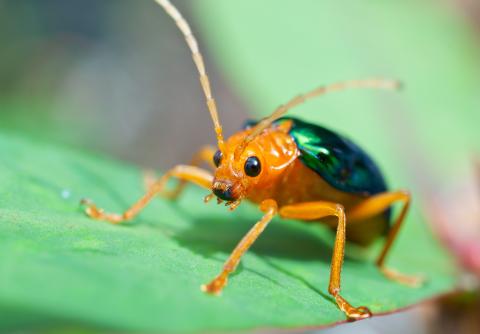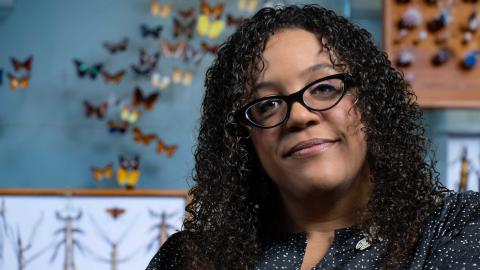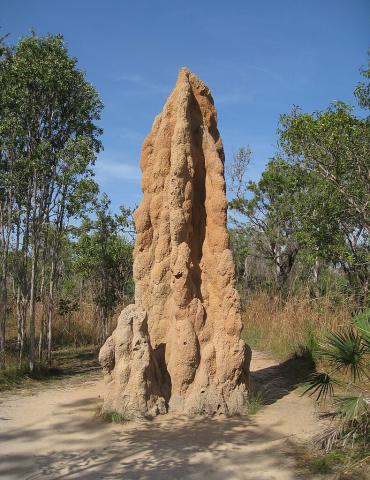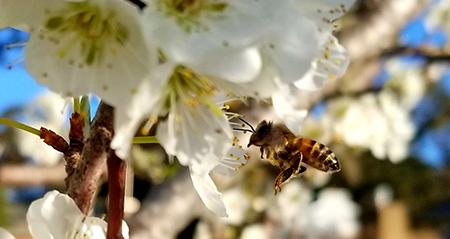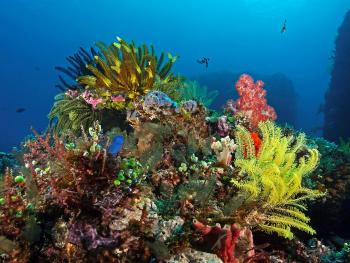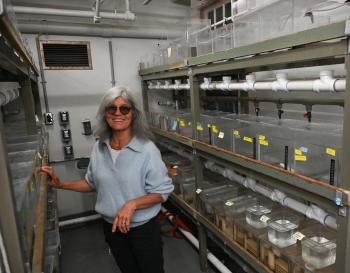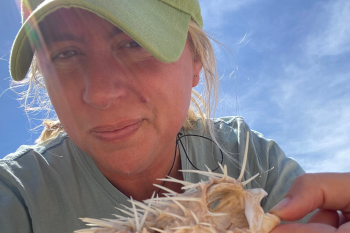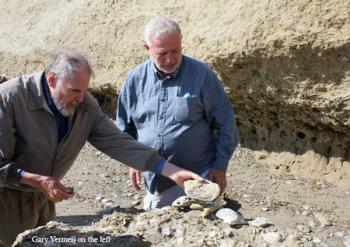| Lesson Plans |
Fact Sheet |
Common Core Reading |
|---|---|---|
| Terrestrial Arthropods: The Conquerors |
Videos
Arthropods grow in a very different way than you and I do: they shed their exoskeletons to grow. That means shedding their exoskeletons and growing a new one, a process called molting. Watch some arthropods molting:
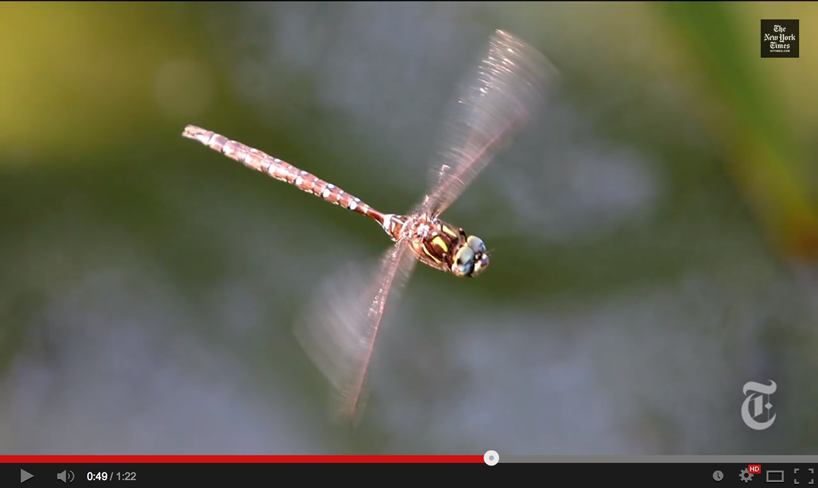
Dragonflies are formidable hunters because of their flying abilities, huge eyes and complex nervous systems. Read more about dragonflies in the article "Nature’s Drone, Pretty and Deadly".
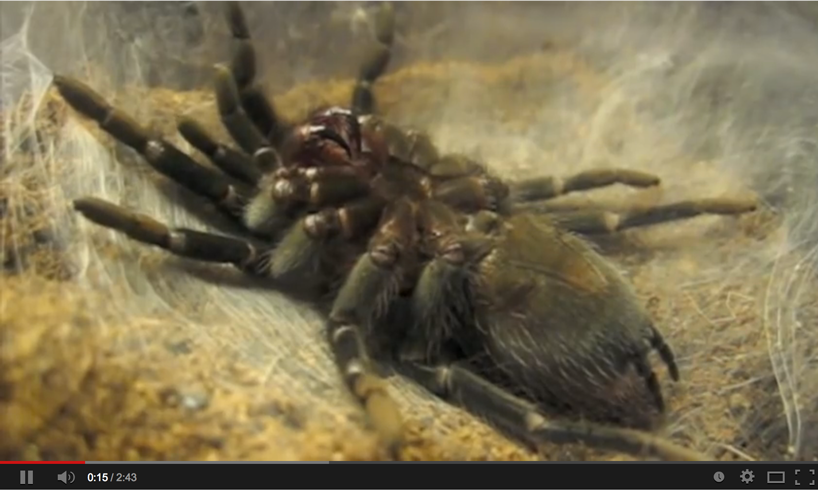
Arthropods grow in a very different way than you and I do: they shed their exoskeletons to grow. For crabs, that means shedding their shells and growing a new one, a process called molting. Watch some arthropods molting:
- Tarantula Molting
- Centipede Molting
- Monarch Caterpillar Molting it's Skin
- Arthropods: Blue Crabs Molting
Bombardier beetles live up to their name. They defend themselves by shooting boiling hot fluids at their attackers. An African bombardier beetle, Stenaptinus insignis, can aim its spray in virtually any direction. It can target its individual legs, and even the individual segments of its legs. It can even aim at its back. It’s the heart-shaped combustor combined with a long, narrow tube that ejects the hot liquid that makes the beetle’s weapon so effective. And when a beetle shoots the fluid, there is a cracking sound. This video shows scientists provoking the reaction in real time and slow motions. Also, you can look at diagram of the bombardier beetle’s defense system.

Monarch butterflies are the most recognizable butterflies. They, like other butterflies have two life forms: caterpillar and butterfly. This series of videos shows the transformation from caterpillar to chrysalis to butterfly of a relative of the monarch we know in the U.S.
PALEONTOLOGY
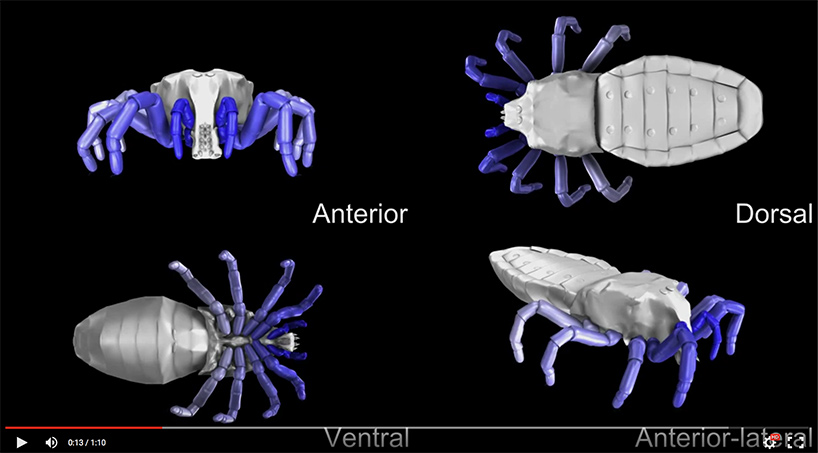
One of the earliest predators on land was the ancestor of spiders. Watch this video of a model of a fossil spider walking. And read more about the fossil.
Reading
THE LAND ARTHROPODS The Conquerors Coming Ashore
Excerpt from the Shape of Life book.
GENERAL INFO ABOUT TERRESTRIAL ARTHROPODS
From Understanding Evolution - your one stop source for information about evolution: Read about the evolutionary history of arthropods.
The arthropod body plan illustrated
Arthropods have segmented bodies, a key to their success
See a TED talk on the wonders and biology of spider silk
A diagram of a bombardier beetle’s defense system
Dragonflies, like most insects go through a metamorphosis
Dragonfly nymphs, as underwater predators, live a very different life style than the adults
Most insects undergo a change in body form from larva to adult. Perhaps the best-known example is that of a caterpillar to a butterfly. Metamorphosis isn’t the same in all insects.
What is the advantage of metamorphosis? Complete metamorphosis (some insects have incomplete metamorphosis) gives insects a survival advantage: the adults and larvae don’t compete for the same food sources and have different predators. "Insects may account for between 80 and 90 percent of all animal species, which means 45 to 60 percent of all animal species on the planet are insects that undergo complete metamorphosis according to one estimate. Clearly, this lifestyle has its advantages."
Some butterflies are poisonous and are brightly colored to advertise that fact. Others are brightly colored, with bold patterns that may startle predators.
FEATURED CREATURE
What’s the Buzz? Beloved Bees!
HUMAN USES
Insects are loaded with biologically active compounds that they use for defense and for breaking down food. Scientists have been “bio-prospecting” them, just as they have been with marine animals. So far, they have identified molecules that kill cancer cells, proteins that prevent blood from clotting, enzymes that degrade pesticides, proteins that glow in the dark, and antimicrobial agents. Read more and watch the video about research.
ROLE IN ECOSYSTEM
Read more about bee pollination and Colony Collapse Disorder, a disease that is devastating bee populations.
Read about the role that bees play in ecosystems as pollinators
And read that wild, native bees, not just honey bees, are critical as pollinators
Bees aren’t the only insect pollinators: butterflies are also pollinators
Millipedes are nature’s decomposers. They eat decaying plants—bark and leaves—shredding them with powerful jaws. The smaller decomposers can then break down the detritus further, returning nutrients to the soil.
Learn more about the Giant African Millipede
Many researchers have been trying to create a human-made spider silk, which is five times stronger than steel and more elastic than rubber bands. Read this 2015 article about artificial silk.
From Johns Hopkins Universtiy, read about the amazing jumping abilities of crickets and how that might influence robot design in the article: "Tiny Dancers: Can Ballet Bugs Help Us Build Better Robots?"
PALEONTOLOGY
Dragonflies and damselflies are ancient insects that have been around since before the age of the dinosaurs. Some Odonata (the order that dragonflies belong to) fossils from the Carboniferous (359 to 299 million years ago) period had wingspans of over a meter. These insects were the size of modern seagulls. Scientists wondered how why they got so large. There were higher levels of oxygen at the time and the researchers concluded that the larval dragonflies, which live in freshwater, grew larger to avoid oxygen poisoning.
